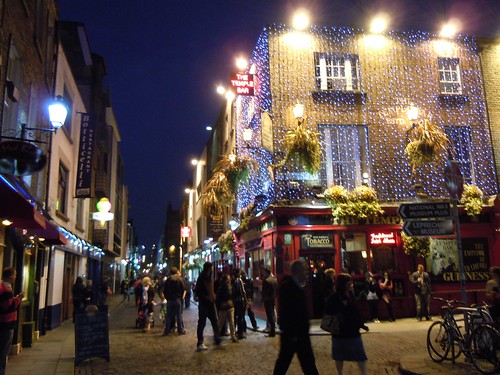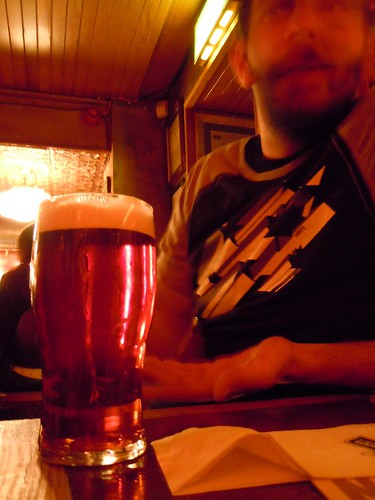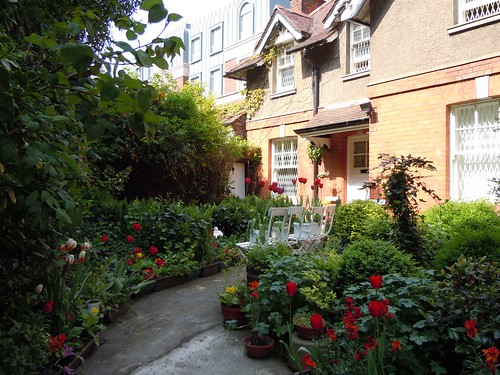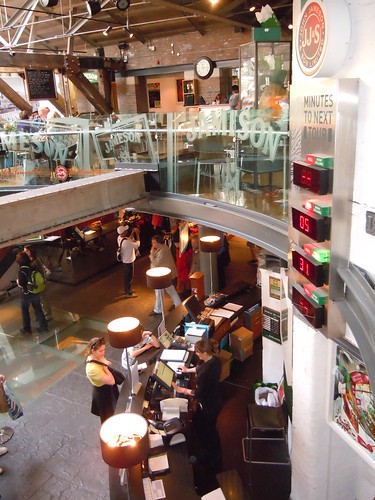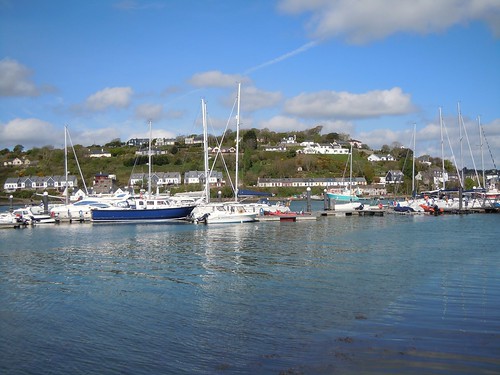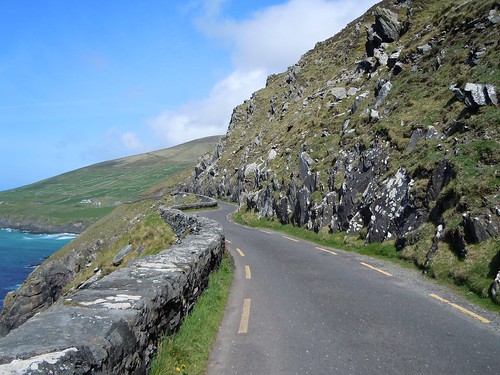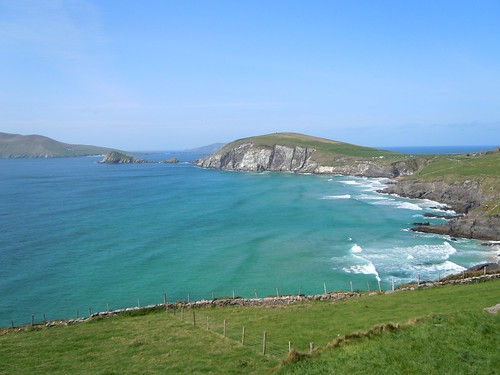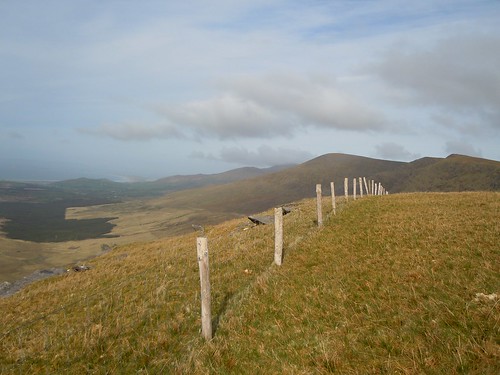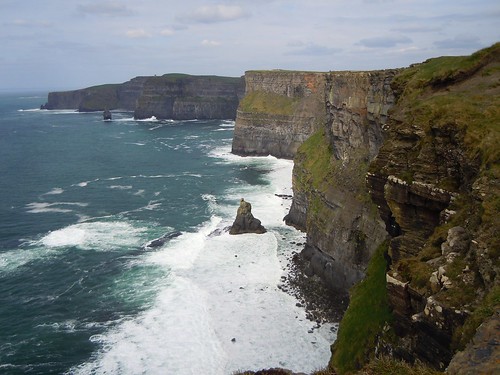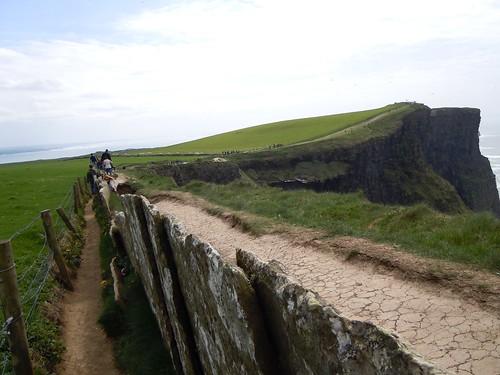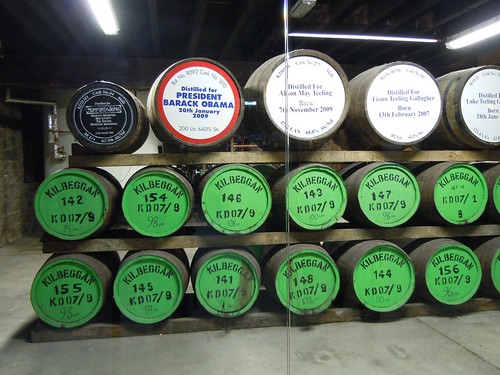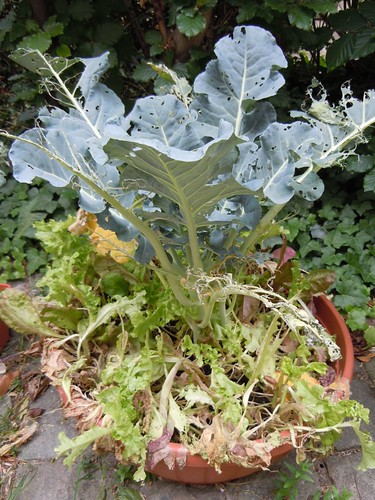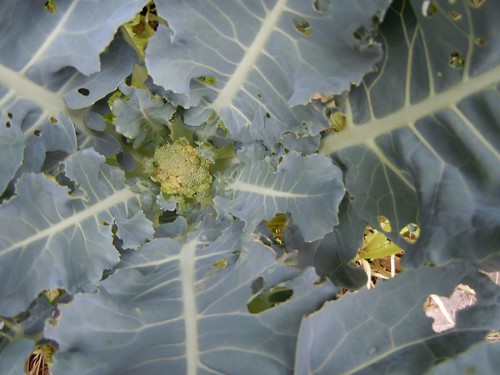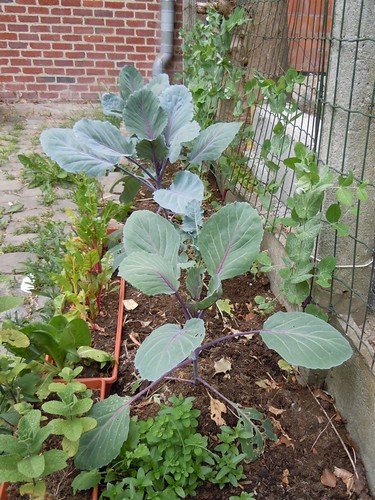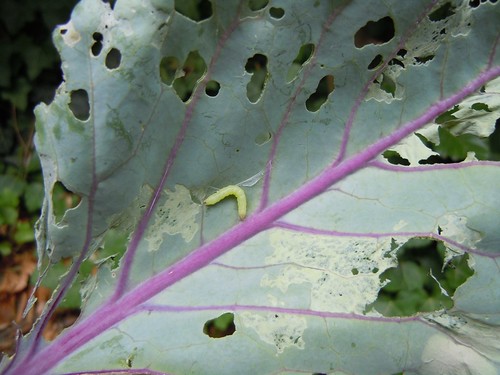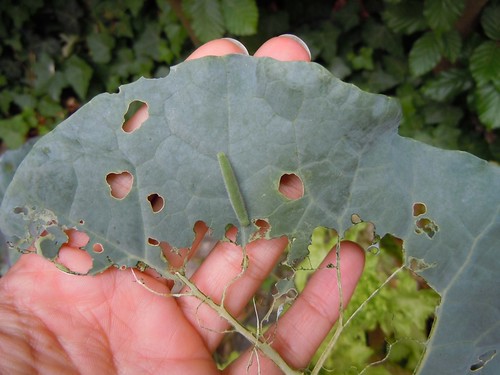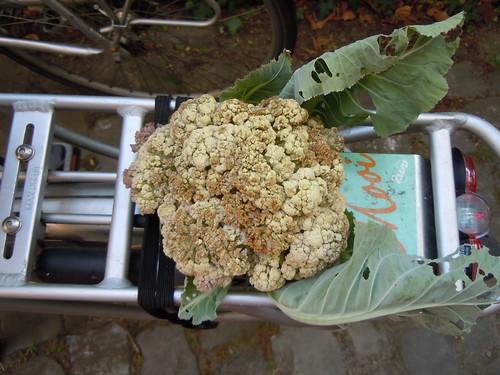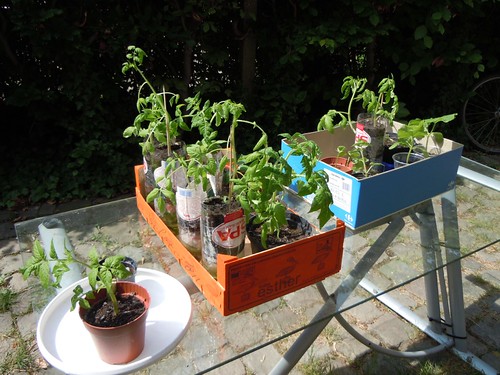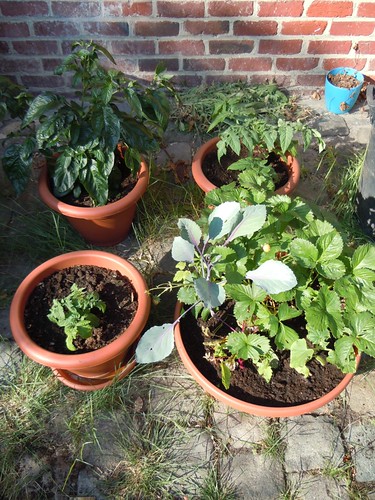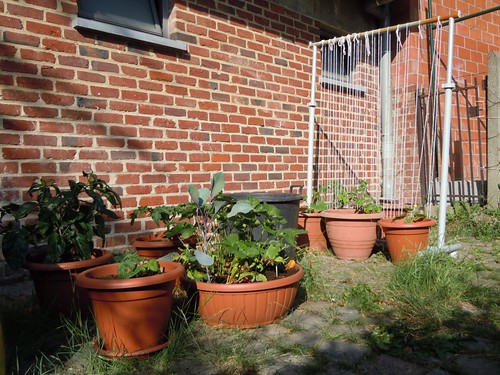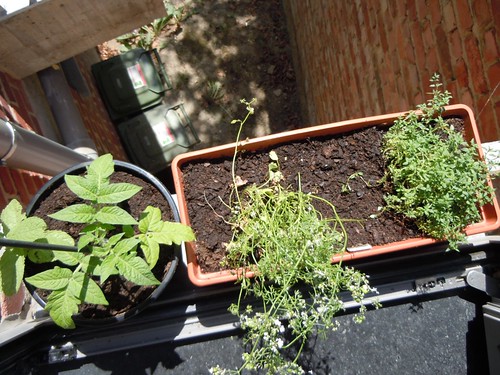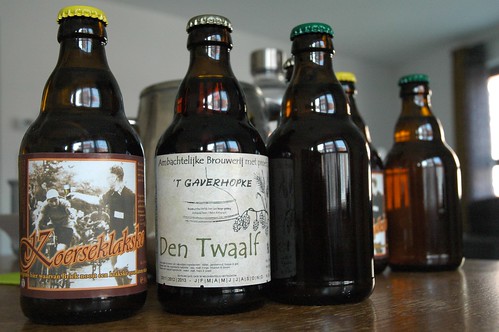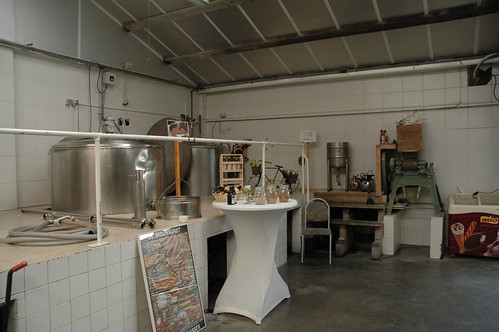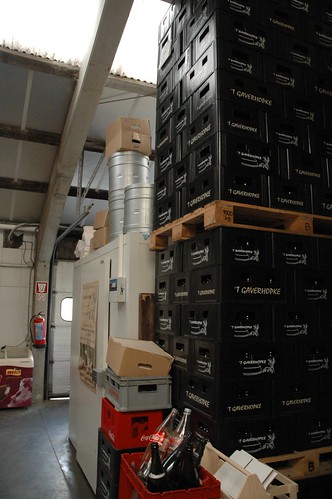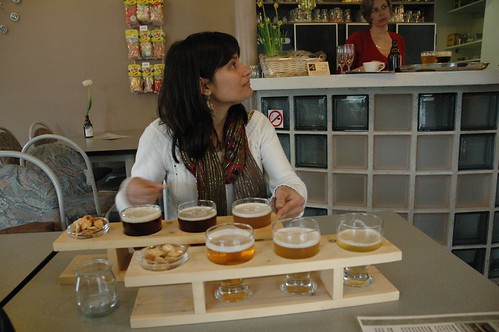Last month, Karl and I traveled to Ireland. It would be an understatement to say we weren't totally smitten with the place. I'm not sure if I've gotten used to the European ways but I was totally taken back by how friendly, open, and talkative the Irish were. I don't usually expect much hospitality when you are traveling within language barriers and visiting countries that are over-toured (and as you can see learning Dutch has given my English vocab a beating). But, being in Ireland was basically like being in the US. For me this meant splitting meals were not a problem, having water served to you during a meal was a no-brainer, and beers were poured in pints (although, honestly, one does not leave the country of beer to visit another not-so-great country of beer – there I said it, Belgian beers are among my favorites).
There is so much written about Ireland that I'll leave you to the pics. We were in Dublin for 4 days, then hit the road, and would recommend seeing Dublin within a day or two. We loved exploring and driving around the country much more. Driving on the opposite side of the road is not difficult, just be cautious and take a lot of breaks, and if you are traveling with others, they can help be an extra set of eyes and common sense). If you drive a manual and are unsure of how it will be, trust me, it is not difficult (and it is much cheaper than renting an automatic, silly Americans!) It takes about 10 minutes to get used to, and then you figure it out, and can feel content that you saved a bunch of money on your car rental.
Lots of locals will give their opinions and tips, but overall the most helpful were to see Dingle and the southwest. Most accommodations for budget travelers are readily available - B&B's are easy to find, and most towns are set up with wifi, but I don't think booking rooms would be difficult if you just drove up.
The smaller towns are quaint, welcoming, and all have a range of nice pubs and restaurants. There is usually some historical things to see so I'm sure any of the ones you stop in by accident will be the ones you end up remembering the most.
Cork:
We passed through Cork entirely and stayed in Blarney, I think it would be a nice town, but there is so much more beautiful things to see that you'll want to rush right past. We did do a recommended coastal drive (I got this book from the library and brought it with us) which eventually brought us into County Kerry. Old Head and Kinsale was really nice. We drove until we grew tired of the stunning view after stunning view, and then headed towards County Kerry.
County Kerry/Ring of Kerry:
Gorgeous loop around the Kerry peninsula with lots of nice towns scattered in between. You can't go wrong here, especially if the weather is clear and you get nice views, but even with the fog it's pretty gorgeous. We drove the northwest part of the ring and went over to Valentia Island right at sunset. We stayed at an "inn" with a pub on the lower floor. It was a good idea in practice until 11:30 pm.
Dingle Area:
Spend some time in Dingle and drive, or bike if you're brave, around the peninsula. It has breathtaking views. Dingle is a large vacation spot (so we were told by many Irish) for the Irish so it has a lot of things going on. We went from Dingle and drove a small tip of the peninsula (Dingle, to Ventry (very nice), Slea Head, Ballyferriter, up towards Brandon Creek, and then came down to Dingle again and headed up through Connor Pass. That pass is the highest point and it gives you really wonderful views if you do the short hike up the hill. It's really worth it. And you can see all the sheep - in case you miss lots of sheep while you are driving around.
County Clare:
From Dingle our next stop was County Clare and the Cliffs of Moher (along the Clare coast) the drive is a bit boring once you leave Dingle, but you cover it quickly enough. If you use GPS it'll direct you to take a ferry to Kilrush (thus avoiding taking you into Limerick which will add lots of miles). From their we'd recommend stopping at Cliffs of Moher (we did the cliff hike past the views towards Hag's Head, about 3 hours roundtrip) and stop in Doolin for some dinner or lunch. We finished the drive north towards Black Head and then onto Galway. The end was a bit rushed since we needed to get back.
After Europe, we found the Irish to be so pleasant and talkative. No charges for splitting meals, asking for tap water, or for using the bathroom. It practically felt American. I must add, that upon our returning to Belgium, our customs agent assured us we were returning to a country with much better beer.
Hello Guinness! And Dublin
Temple Bar
The Porterhouse Brewing
Iveagh Gardens
Jameson Distillery, make sure you raise your hand when they ask for volunteers,
On the road:
Old Head, Kinsale
Towards Ventry, County Kerry
Conner Pass, County Kerry
Cliffs of Moher, County Kerry
Locke's Distillery, Kilbeggan


